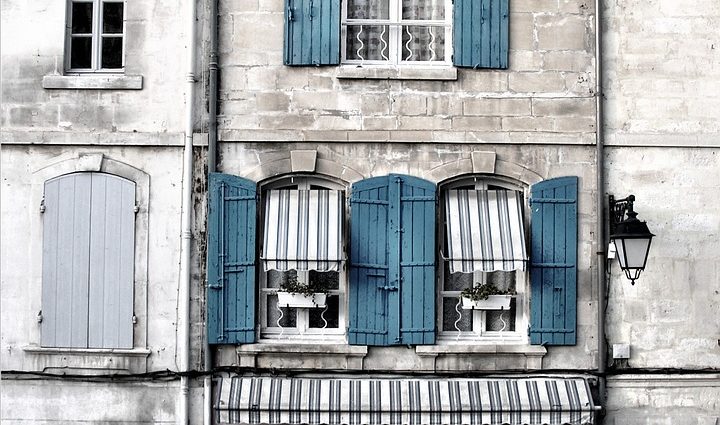Uncovering the Treasures of Southern Europe: A Journey You Will Never Forget
Southern Europe is a vast region consisting of countries such as Italy, Greece, Spain, Portugal, and Turkey, among others. This region is known around the world for its rich history, stunning art, delicious cuisine, and impressive architecture. From the breathtaking beaches of the Mediterranean Sea to the magnificent cities nestled in the mountains, Southern Europe is a destination that brings together culture, history, and natural beauty.
In this travel article, we will uncover the treasures of Southern Europe that you can experience while visiting this incredible region. We’ll delve into the most awe-inspiring tourist attractions, provide useful information to make your trip enjoyable, and answer the most frequently asked questions about traveling to Southern Europe.
Top 10 Tourist Attractions in Southern Europe
1. The Colosseum: Located in Rome, Italy, this iconic amphitheater is the largest ever built and is one of the most popular tourist attractions for those who want to experience ancient Roman history.
2. The Alhambra: This palace and fortress complex in Granada, Spain, dates back to the 13th century and was the home of the Nasrid dynasty. It is a UNESCO World Heritage site and is considered one of the finest examples of Islamic architecture.
3. Santorini: An island located in the Aegean Sea, Greece, is famous for its white-washed buildings with blue-domed roofs, stunning sunsets, and beautiful beaches. It is home to some of the most Instagrammable spots in the world.
4. Hagia Sophia: One of the most magnificent landmarks located in Istanbul, Turkey, was initially built as a church in the 6th century and then transformed into a mosque by the Ottomans. Today, it is a museum where one can marvel at the blend of Christian and Islamic art.
5. La Sagrada Familia: This iconic basilica located in Barcelona, Spain, was designed by Antoni Gaudi and has been under construction for over 100 years. It is a stunning example of Gothic architecture and is a UNESCO World Heritage site.
6. Pompeii: Located near the Bay of Naples, Italy, it was an ancient Roman town that was destroyed by the eruption of Mount Vesuvius in 79 AD. Today, it is a vast archaeological site filled with ancient ruins that capture the essence of ancient Roman culture.
7. The Blue Mosque: This stunning mosque in Istanbul, Turkey, is defined by its six minarets and blue tile-work. It is one of the most significant landmarks of Turkey, and its intricate architecture is something not to be missed.
8. The Vatican Museums: These museums are located within Vatican City in Rome, Italy, and contain some of the most significant classical sculptures and Renaissance art in the world.
9. The Acropolis: Located in Athens, Greece, the Acropolis is a UNESCO World Heritage site and was the cultural heart of ancient Greece. It is home to some of the most renowned masterpieces of Greek art, such as the Parthenon.
10. The beaches of the Amalfi Coast: This stunning coastline stretches from the Sorrento peninsula to Salerno, Italy, and is brimming with magnificent small towns, delicious food, and sandy beaches of turquoise waters.
Useful Information for Traveling to Southern Europe
1. Visa Requirements: Depending on your country of origin, you may require a visa or a travel authorization to enter Southern Europe. Ensure that you check the visa requirements when planning your itinerary.
2. Climate: Southern Europe is known for its Mediterranean climate, which features hot dry summers and mild winters. Ensure to look up the weather conditions of the region you wish to visit.
3. Currency: Each country in Southern Europe has its currency, so plan accordingly for your trip. The Euro is the most widely accepted currency in most of these destinations.
4. Language: The languages spoken in Southern Europe varies depending on the country. Italian, Spanish, Portuguese, and Greek are some of the most common languages in Southern Europe.
Frequently Asked Questions about Traveling to Southern Europe
Q: Is it expensive to visit Southern Europe?
A: Prices vary depending on the destination and time of year, but generally speaking, Southern Europe is not overly expensive. Accommodations and meals may be considerably pricier in big cities.
Q: What kind of food can I expect when traveling to Southern Europe?
A: Southern Europe is known for its excellent cuisine, which features fresh seafood, pasta, rice dishes, olives, cured meats, and delicious sweets. Each country has its unique local specialties.
Q: What are the major transportation options in Southern Europe?
A: Major modes of public transportation include trains, buses, metros and taxis. Ferries and flights are also available for traveling between destinations.
Q: Is it safe to travel to Southern Europe?
A: Southern Europe is generally safe for travel, but like any other destination, it’s necessary to take precautions as a visitor. Ensure to follow the country-specific travel advisories and practice safety measures.
Q: What is the best time to visit Southern Europe?
A: The best time to visit Southern Europe is in the spring and fall months, when the weather is pleasant, and the crowds are fewer. Summers can be crowded, and the temperatures can be sweltering.
Conclusion
Southern Europe is a destination that has fascinated travelers for centuries. With its stunning art and architecture, delicious cuisine, and rich history, Southern Europe offers an immersive exploration of culture and tradition. This breathtaking region of the world is a place you will never forget, and it’s worth investing in a trip to uncover its treasures.
